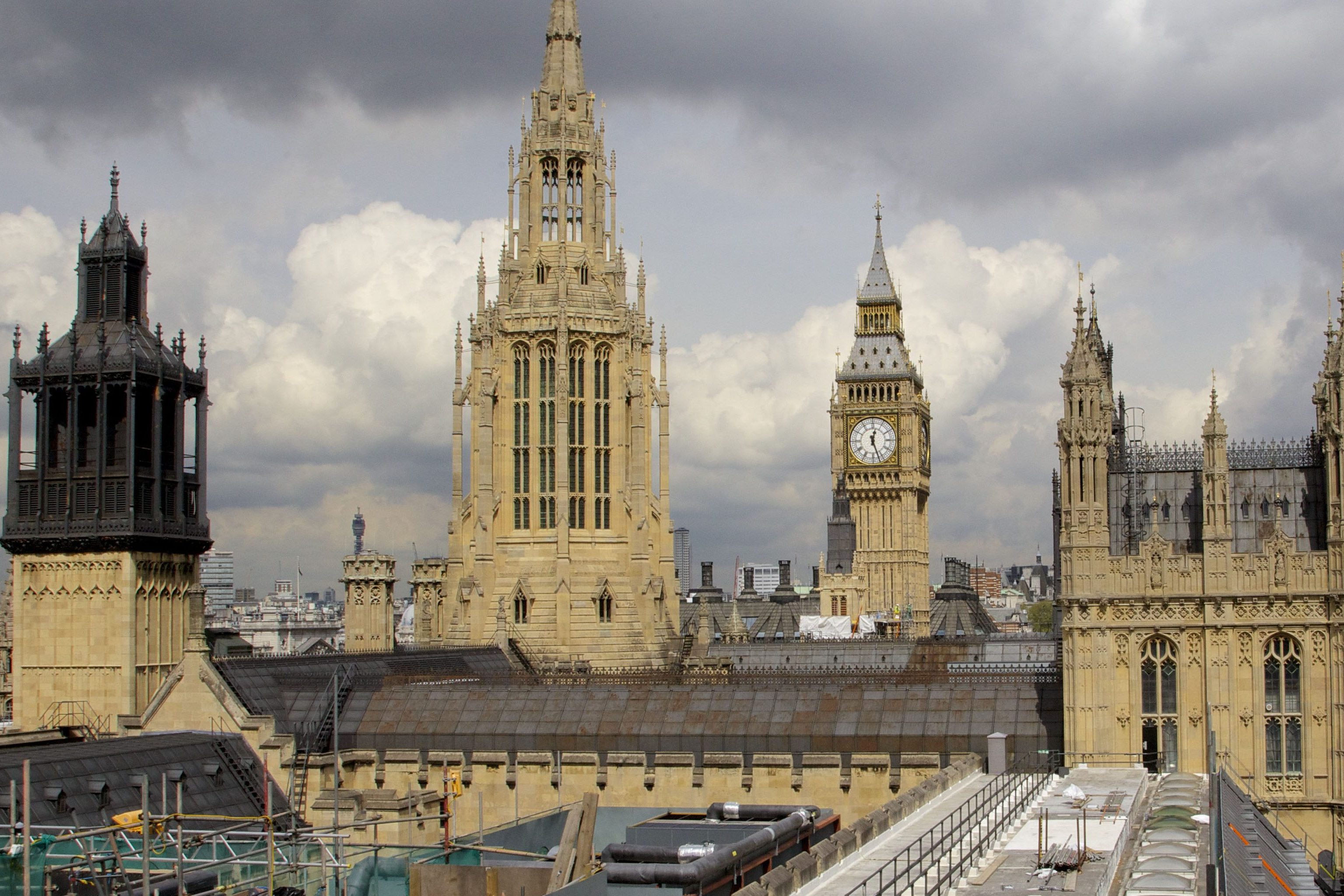
I sent once or twice to Dr. Reid to beg that he would make some change in the state of the air, for it was so dry that it caused an irritation in the throat, and I could hear the Members coughing all around
Speaker of the House of Commons, commenting on experience of environmental conditions inside the chamber, 24 March 1852
In the 1950s the Victorian stack ventilation, perceived as ‘antiquated’ and ‘ineffective’, was abandoned in favor of a ‘progressive’ mechanical system. Although it was introduced in the mid-nineteenth century, its design had been refined over several decades, exploiting major technical and scientific advances made over this period. But how well did it perform? The aim of this part of the research project is to examine how the Victorian system had performed historically, including the impact of the various technical refinements made throughout its lifetime. This will be based on the study of archival material, covering the period from the mid-nineteenth century to the 1920s. This includes measured data collected by the attendants as part of the day-to-day management procedures. Between 1847 and the 1920s the climatic conditions inside the two debating chambers were systematically monitored using scientific instruments. This was complemented by the collection of qualitative feedback from user regarding their experience of the indoor climate and air quality. Much of this original data, including measurements, user responses and observational notes, has been preserved in logbooks, letters, technical reports and parliamentary papers.

Graphs showing the number of people and temperatures inside House of Commons, 23 March to 23 April 1852 (Schoenefeldt, 2015)
In addition, the environmental systems were also subject to numerous technical and scientific studies, which were coordinated by different Select Committees. Over the course of its lifetime the system was repeatedly re-examined in response to four key factors: (1) significant advances in the natural science and technology (2) dissatisfaction among MPs and Lords with the internal climatic and atmospheric conditions, (3) increasing levels atmospheric pollution, and (4) technical issues. Original letters, select committee reports, articles in scientific and technical journals are used to gain insights into the empirical methods used by engineers and scientists to assess and improve its performance. Through the study of this historic data the projects aims:
- To gain an understanding of original objectives behind its design, including the thermal comfort and air quality standards designers in the nineteenth century aimed to achieve.
- To analyse the performance of the system in the light of historic and modern standards of thermal comfort, air quality and energy efficiency.
- To show how prevailing scientific theories have shaped the Victorian’s understanding of the design, including the scientific methods and instruments used in the empirical studies of the system’s environmental performance.